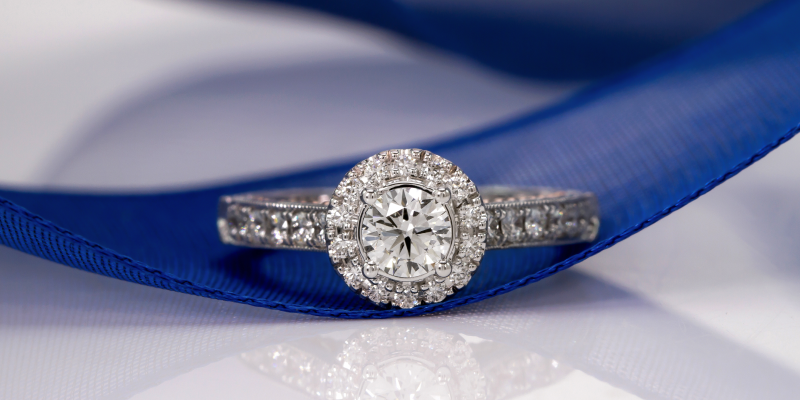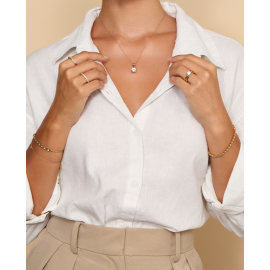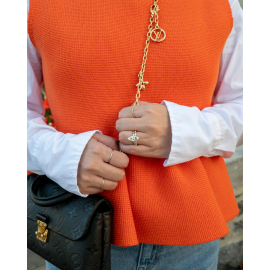Price match guarantee

We’ve teamed up with Klarna to provide flexible payment options, allowing you to shop the way you want. With Klarna, you can split your payment into 3 instalments or choose to pay later, making your shopping experience smoother and more convenient. Your order total must be between £100 and £499 to qualify.

We’ve teamed up with Klarna to provide flexible payment options, allowing you to shop the way you want. With Klarna, you can split your payment into 3 instalments or choose to pay later, making your shopping experience smoother and more convenient. Your order total must be between £100 and £499 to qualify.

February 02, 2021 | by Admin
It is law within the UK that every item of precious metal sold such as Platinum, Gold, Silver is stamped labelling the item with the type of metal it is. Platinum pieces which weigh less than 0.5 grams, 18ct Gold and Palladium pieces weighing less than 1.0 gram and Silver pieces weighing less than 7.78 grams are except from hallmark.
At Diamonds Factory all our products are hallmarked as per UK hallmarking law from London Assay Office (The GoldSmith Company)
The Goldsmiths' Company Assay Office is the oldest assay office in the United Kingdom. It has provided hallmarking services since The Goldsmiths' Company was founded in the 1300s. The company received its royal charter in 1327 and ranks 5th in order of precedence of the 12 Great Livery Companies of the City of London.
Hallmarking dates back to the 1300s when Edward I of England passed a law requiring any item made of silver, which was offered for sale, to be at least of equal quality as that of the coin of the realm (silver currency). The wardens of The Goldsmiths' Company were tasked with visiting workshops in the City of London to assay (test) silver articles. If these articles were found to be below standard they were originally destroyed and the metal forfeited to the King. If they passed, each article received the King's mark of authentication - the mark of a leopard's head. By 1478, there were several hundred workshops and merchants manufacturing silver articles in the City of London. It was not possible for the wardens to visit them all so the merchants were ordered to bring their items to Goldsmiths' Hall for testing and marking and a permanent Assay Office was established in the building. This is the origin of the term hallmark - struck with the King's mark at Goldsmiths' Hall.
In 1544 the Goldsmith's Company adopted the King's mark as their town mark and the mark of the leopard's head is now internationally recognised as the mark of this assay office.
The Goldsmiths's Company Assay Office is still based at Goldsmiths's Hall and remains the oldest company in Britain to be continually trading from the same site. However, it also has two satellite offices; at Greville Street in Hatton Garden in the heart of the London jewellery quarter and within a high security complex near London's Heathrow airport. It now has a new off-site facility within the Dalston-based jewellery manufacturer, Allied Gold. This is the first time in the Assay Office's 700 year history that it has opened permanent hallmarking services on a customer's premises.
In addition to hallmarking, the office has now expanded its range of services to support the jewellery trade and enforcement authorities. It offers a variety of specialist analytical services including nickel, lead & cadmium testing, antique silver dating, non-destructive compositional analysis, plating thickness measurement and a melt and assay service for scrap precious metal carried out in their fully independent on-site laboratory. Other services offered are a jewellery valuation service, laser marking, trading standards assistance, high quality photography and a comprehensive range of training and educational seminars, lectures and specialist events.






Are you searching for an engagement ring or a statement ring for yourself? It is a good idea to learn about the anatomy of a ring when looking to buy one. Once you know your shank from your gallery, it will help you make a better decision when choosing a ring style. In this article, we discuss the anatomy of a ring, its parts and designs.
Shank
The shank of a ring, otherwise known as the band, is a technical term for the metal part that encircles the finger. It is made from metal such as white gold, rose gold, yellow gold or platinum. Typically it begins and ends where it meets the centre diamond or gemstone.
If a ring requires resizing, it will be adjusted from the bottom of the shank. According to the size required, a piece of metal will be added or removed from the bottom to make it the correct size.
Gallery
The ring gallery is the underside of a ring beneath the centre stone. Often, a gallery is added beneath the design to maintain the structure and provide optimum comfort. The gallery can also be a beautiful design itself, with additional diamonds or elaborate patterns created from metal.
Head
The head of a ring is the part which holds the gemstone or diamond in place at the centre top point. A pronged head is the most popular, and consists of little claws of metal used to secure the stone. Solitaire engagement rings tend to have four to six prongs, with six prongs being the most secure. Additionally, you can find bezel, half-bezel and channel heads. A bezel head is where metal encircles the entire stone. Although this is the most secure style, it isn’t so popular as it obscures most of the stone.
Not all diamond rings have a head as some styles incorporate the diamond or gemstone directly into the setting without the need for a separate part.
Cathedral
A cathedral setting is a ring style that features arches of metal from the top of the shank to the head. It is referred to as a cathedral, as it has an open space between the shank and the head. There are many styles of cathedral rings from sleek and modern to intricate and vintage. Cathedral style rings are a popular choice for engagement rings as they highlight the centre stone and give an elegant finish.
Side stones
Side stones on a ring refer to any smaller stones, such as diamonds or gemstones, that are not the centre stone. Often side stones are placed next to the centre stone and along the shank. Side stone engagement rings have become a popular choice for proposals in recent years with people choosing more sparkle than ever before.
Halo
A halo ring is where a 'halo' of intricate diamonds encircles the centre stone. The addition of diamonds around the centre stone creates tonnes of sparkle and can make the centre diamond appear much larger. For these reasons, halo engagement rings are a popular choice today.
Enjoyed this article? Head to our other article to find out the meaning of each finger for wearing rings.